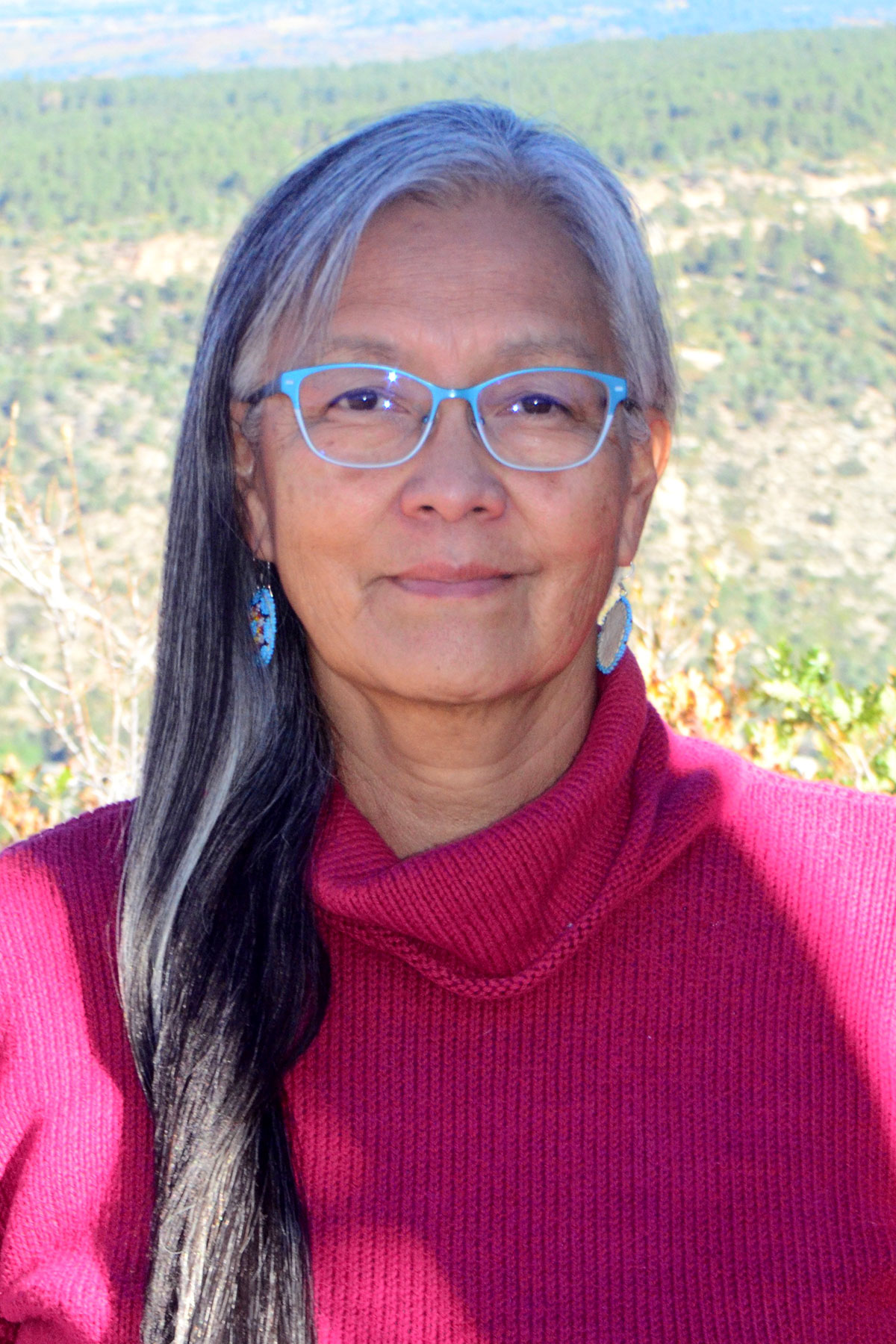In the Southwest Climate Region (Four Corners states), the last 12- and 24- month periods were the driest on record for the season.
US Drought Monitor: https://droughtmonitor.unl.edu/
I recently learned about the US Drought Monitor map and website. The US Drought Monitor map has five shades of “hot” colors associated with drought: Yellow, Tan, Orange, Red, Brown. What do the five colors represent? DO, or Yellow, is a classification of an area going into or coming out of, a drought. Other colors represent levels of drought. Red is D3 Extreme Drought, and Brown is D4 Exceptional Drought.
The Southern Ute reservation is colored in Red and Brown – Extreme Drought and Exceptional Drought.
Historic observed impacts of a D3 Extreme Drought include effects on rafting, fishing, hunting, and skiing therefore effecting busines and leisure activities; extremely low reservoirs, creating a domino effect for irrigation and water restrictions; and effects to public health, wildlife and wildfire. Drought also includes groundwater depletion, a challenging resource to manage since it is difficult to see and monitor.
Historic observed impacts of a D4 Exceptional Drought include widespread dust storms and topsoil removal, plus large agricultural and recreational economic losses.
Drought is not just for scientists in the fields of climatology, agriculture, and hydrology. It includes economists and social scientists and the ripple effect drought has on society. Drought is recognized and personalized by how it affects you.
There is no single agency to address drought – it is a team effort of different agencies. For example, the US Drought Monitor is comprised of the National Drought Mitigation Center (NDMC)/University of Nebraska-Lincoln, the National Oceanic and Atmospheric Administration (NOAA) and the U.S. Department of Agriculture (USDA). Localized drought response is dependent on state, local, tribal, and basin-level decision makers.
Amid all the doom and gloom of drought articles, there was a silver lining. I learned about how farmers in the San Luis Valley of Colorado saved their ground water from running dry by voting to tax their own water use. As a result, water pumping was reduced by 30%, helping to recharge the valley’s aquifer. If your curious, the article can be found at: https://www.npr.org/sections/thesalt/2017/11/18/562912732/to-save-their-water-supply-colorado-farmers-taxed-themselves and a more formal study can be found at: https://www.nrel.colostate.edu/wp-content/uploads/2019/04/Colorado_Rural_Adaptation_Report_FinalwPhotos2019.pdf
By understanding the definitions and effects of drought, individuals and communities can begin the process to address this long-range form of environmental change.

